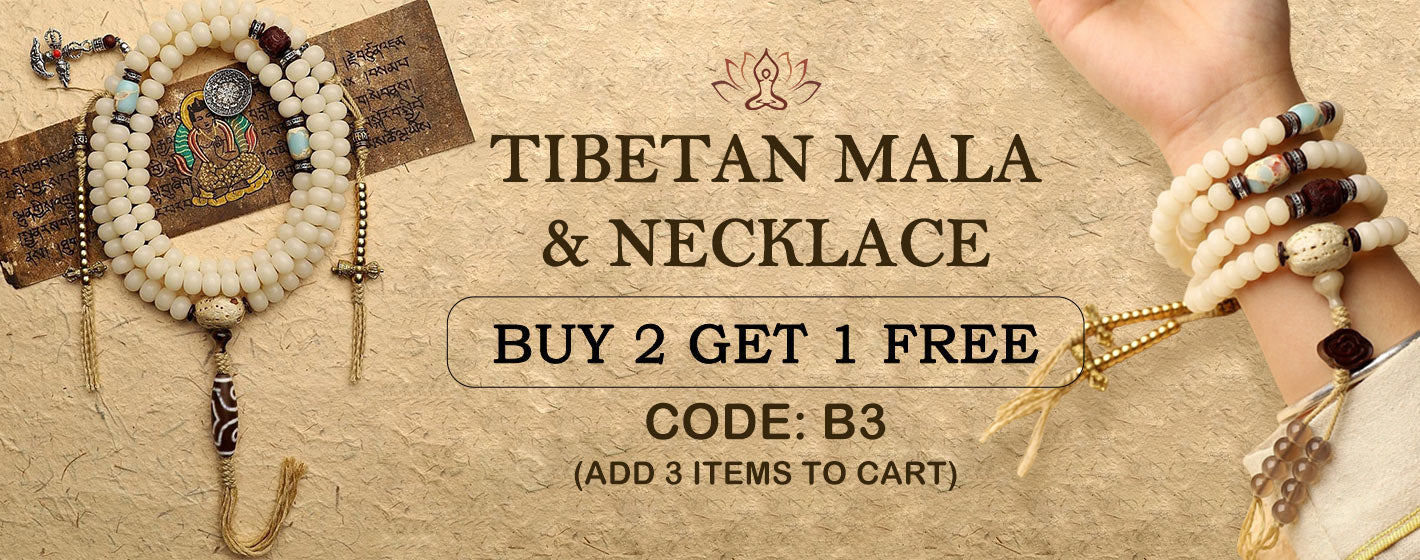
Tibetan Mala & Necklace from Buddha Stones capture the essence of Tibetan spirituality. Crafted with authentic materials, these Tibetan Malas and Tibetan Necklaces symbolize protection, healing, and spiritual growth. Perfect for meditation and spiritual practice, each piece infuses your journey with the mystical energy of Tibet, promoting peace, inner balance, and mindfulness.
212 artículos
212 artículos





































